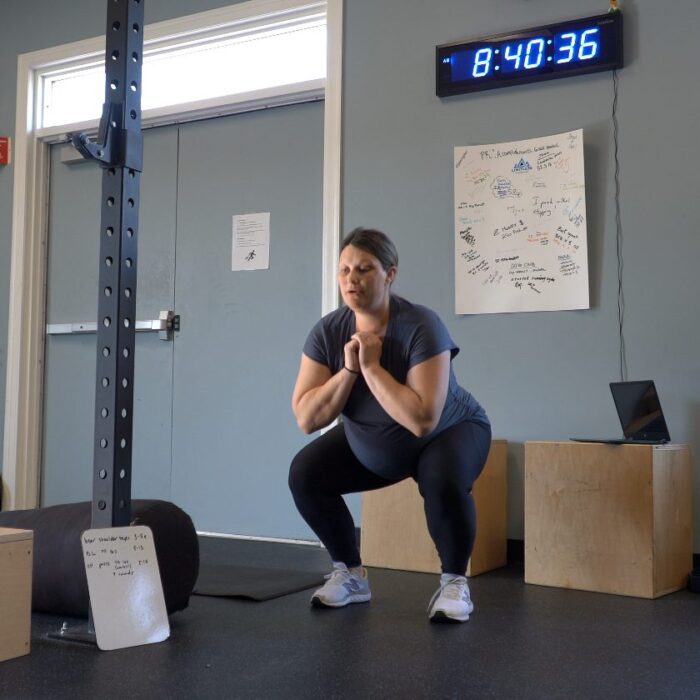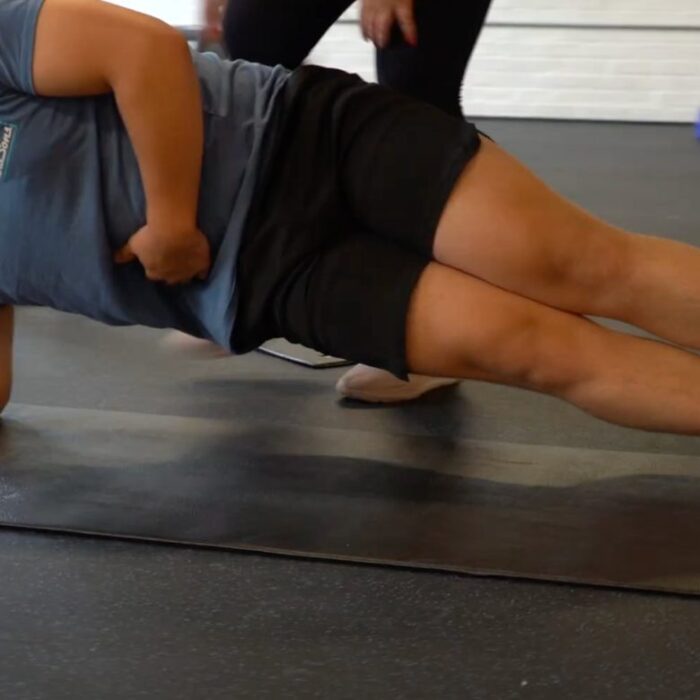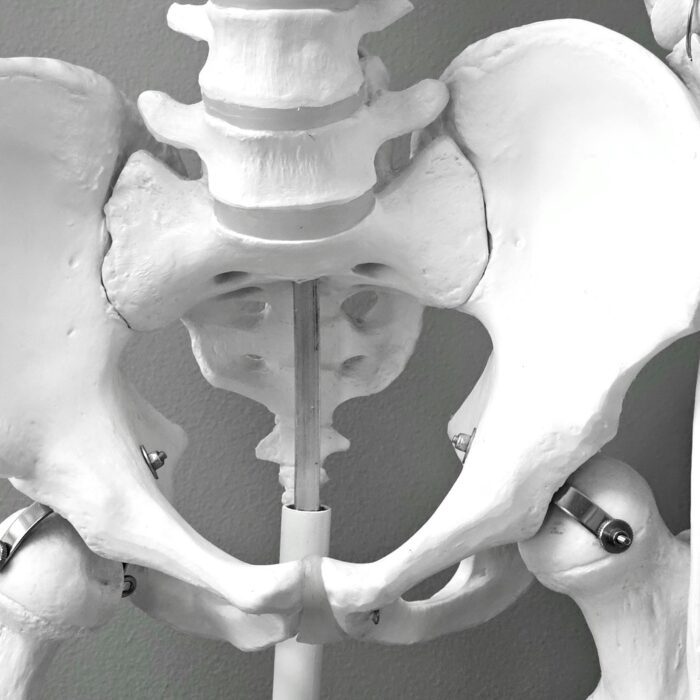Pelvic pain, characterized by discomfort in the lower abdominal region, is a prevalent issue that can significantly impact daily life. While various factors contribute to pelvic pain, many musculoskeletal causes are effectively addressed through physical therapy.
Understanding Pelvic Pain
Pelvic pain encompasses a range of discomforts in the lower abdomen, pelvis, or perineum. It can result from musculoskeletal issues such as pelvic joint irritation, muscle tightness or weakness in the pelvic floor, trunk, or hips, and uncoordinated muscles responsible for bowel and bladder function. Scar tissue from abdominal or pelvic surgery and nerve irritation are also common contributors.
Symptoms Associated with Pelvic Pain
Individuals experiencing pelvic pain may report:
- Pain or heaviness in the hip, buttock, tailbone, lower abdomen, or pelvis.
- Difficulty sitting.
- Pain during or after sexual activity.
- Bladder and/or bowel dysfunction, such as urinary frequency, urgency, incontinence, painful bowel movements, constipation, or inability to control gas.
- Tender points in the muscles of the abdomen, hips, and buttocks.
- Limited motion in the hips and lumbar spine.
- Difficulty walking, performing household chores, or exercising.
The Role of Physical Therapy in Treating Pelvic Pain
Physical therapy offers a non-invasive and effective approach to managing pelvic pain by addressing its musculoskeletal origins. A pelvic health physical therapist conducts a comprehensive evaluation to identify specific impairments and develops a personalized treatment plan.
Physical Therapy Interventions for Pelvic Pain
Treatment strategies may include:
- Manual Therapy: Techniques such as myofascial release, joint mobilization, and soft tissue manipulation to address musculoskeletal restrictions, release tension, and improve mobility.
- Therapeutic Exercises: Customized exercises to strengthen and stretch pelvic floor and surrounding muscles, enhancing support and function.
- Education and Behavioral Strategies: Guidance on posture, body mechanics, and lifestyle modifications to prevent symptom exacerbation.
Benefits of Physical Therapy for Pelvic Pain
Engaging in physical therapy for pelvic pain can lead to:
- Pain Reduction: Targeted interventions can help alleviate pelvic pain by addressing the underlying musculoskeletal imbalances and improving pelvic floor muscle function.
- Improved Function: Physical therapy can enhance pelvic stability, restore standard movement patterns, and improve overall musculoskeletal function, allowing individuals to engage in daily activities with greater ease and confidence.
- Enhanced Quality of Life: By reducing pain, improving physical function, and addressing associated symptoms, physical therapy can significantly enhance an individual’s quality of life and overall well-being.
When to Seek Physical Therapy
If you experience persistent pelvic pain, especially related to movement or posture, consulting a physical therapist can be beneficial. Early intervention can prevent the progression of symptoms and improve overall well-being. At Limitless Physical Therapy, we specialize in addressing musculoskeletal causes of pelvic pain through personalized treatment plans. Our goal is to help you regain comfort and functionality in your daily life. For more information or to schedule an appointment, reach out to us today.











